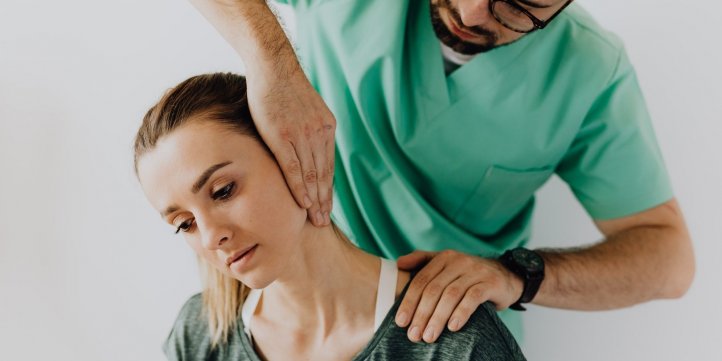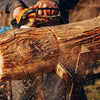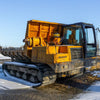HSE accident and injury at work overview 2020

The Health and Safety Executive (HSE) annually reviews work-related injuries and fatalities to ensure the safety of workers, and to work towards minimising the risks of accidents and injuries that pose a more imminent threat. Here is an overview of their findings for the year 2019/20.
Non-Fatal Accidents
Within the past year, there have been 693,000 self-reported non-fatal injuries at work, of which 24% resulted in an absence period of over seven days. This is the highest rate since the year 2012/13. However, the rate of non-fatal injuries reported by employers shows a downward trend.
The majority of these injuries were due to slips and trips (29%), followed by handing, lifting, or carrying (19%), or being struck by a moving object (11%). The industry you work in also has a dramatic impact on the risk of injury at work, with agriculture, forestry and fishing, construction, or accommodation and food services being the most dangerous sectors.
Fatal Accidents
Data for workplace fatalities is thankfully much lower, with 111 workers being fatally injured according to the latest HSE report, the lowest year on record. While this is positive news, it may be related to the impacts of COVID-19 closing many places of work at the start of the year and therefore reducing the rate of fatalities at work. It is important to note that deaths related to the coronavirus are not included in these figures.
The construction industry saw the largest number of fatalities, with the most common cause of fatal injury being workers falling from height (29%). The older generations are also most at risk, with 27% of fatal accidents happening to workers aged 60 or older.
Importance of PPE
To help limit the number of workplace accidents and injuries each year, using correct and effective PPE is essential. The PPE required varies depending on the job at hand. Construction workers could need hard hats and boilersuits for example, chefs will need aprons, and in the wake of COVID-19, all industries should have face masks as a bare minimum.
Training employees is also vital in ensuring safety at work, as PPE and workwear is only effective when worn and used correctly. Having ill-fitting wokwear or items that are not secure can actually be dangerous; loose gloves for instance could make heavy lifting a higher-risk activity than it needs to be.





